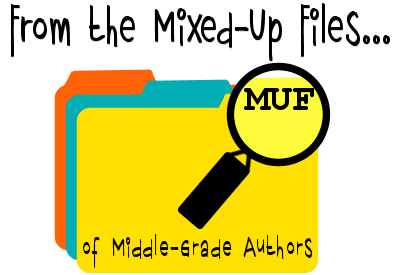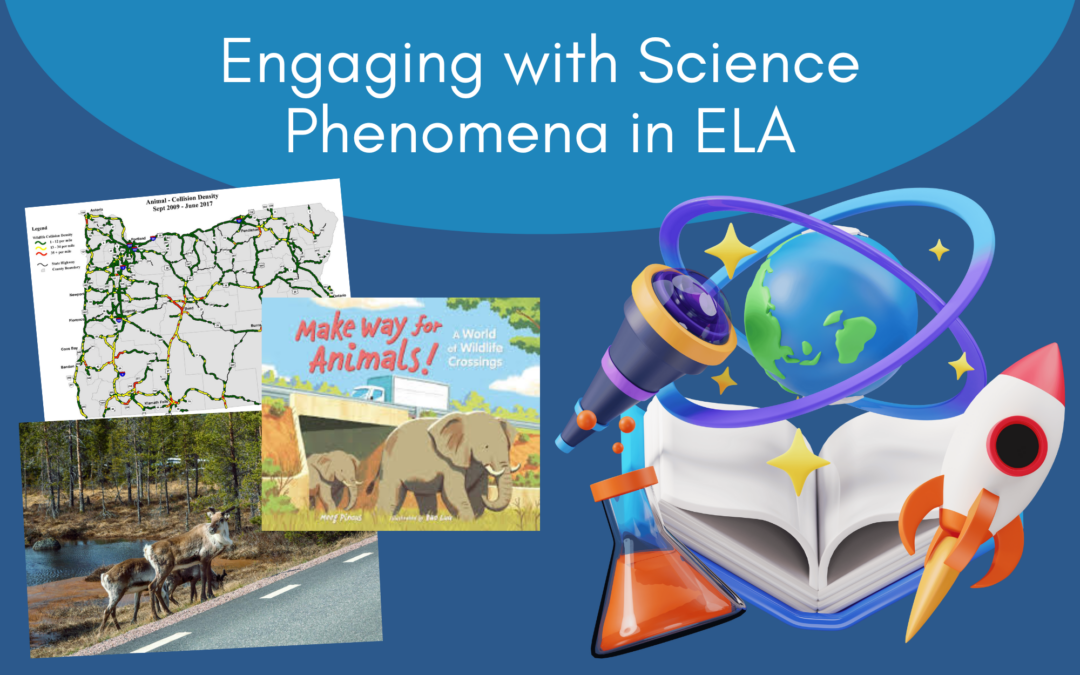 This week, I published a blog post on The Mixed-Up Files of Middle-Grade Authors blog. I’m a contributing author, thrilled to be joined by a group of talented, generous middle-grade writers. In that post, I shared a pre-reading strategy – using phenomena – that helps teachers motivate students to want to read middle-grade books, especially nonfiction. You can read the full post here.
This week, I published a blog post on The Mixed-Up Files of Middle-Grade Authors blog. I’m a contributing author, thrilled to be joined by a group of talented, generous middle-grade writers. In that post, I shared a pre-reading strategy – using phenomena – that helps teachers motivate students to want to read middle-grade books, especially nonfiction. You can read the full post here.
Engaging students with phenomena is a pre-reading strategy I share often for several reasons: #1 It allows you to bring some scientific thinking into your ELA instruction. #2 It gives students practice noticing and wondering so they can (hopefully!) make a habit of scientific thought in their everyday lives. #3 It motivates student to want to read or, for younger students, to have a book read to them!
Please go read the full middle grade post for a discussion of what phenomena are and why it is important to use them in the classroom. It would be boring to repeat that information here, and I promise to wait until you return!
OK, you’re back? Great! Below are a few examples of how I would use the phenomena pre-reading strategy with picture books.
Before reading Whale Fall by Melissa Stewart, show this video: https://www.youtube.com/watch?v=CZzQhiNQXxU but turn off the captions and the commentary. You don’t want the students to be influenced by what the scientists are saying. You want them to do the noticing and wondering.
Before reading Make Way for Animals by Meeg Pincus or Crossings: Extraordinary Structures for Extraordinary Animals by Katy S. Duffield, students can notice and wonder about this map of wildlife-vehicle collisions along Oregon roadways.
After reading, ask them how this data might be helpful for officials planning wildlife bridges.
And you can mix data with a photograph! Before reading Listen to the Language of the Trees by Tera Kelley, show students the first soil photograph followed by the diagram with the green dots. (You’ll have to read aloud the diagram caption.) See what connections students make between the two phenomena.
As I shared in the middle-grade post, using Talk Moves is important during notice and wonder discussions to ensure all student ideas are valued. And, it also bears repeating that beginning with phenomena provides all students with an equitable experience to build on as they read the text. You are giving students background knowledge to hook into as they make sense of a picture book.
You’ll notice I have comments turned off on my blog (SPAM took to much of my time), so it would be phenomenal if you leave a comment on my Facebook post about this topic. Let me know how you use phenomena to motivate students to read in your classroom!


